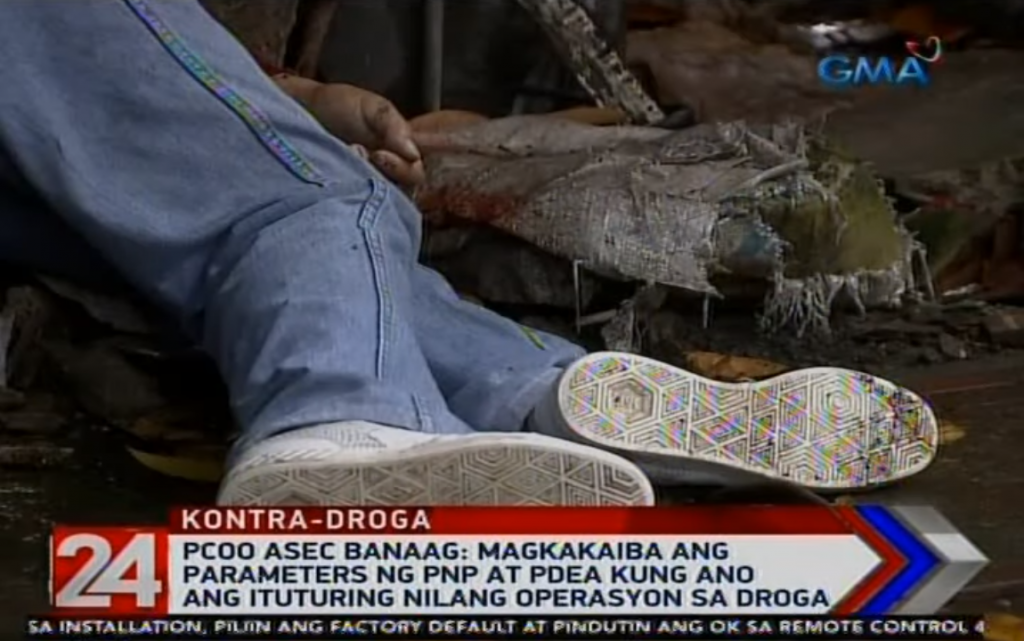Updated drug war numbers: One source of confusion

THE NUMBERS cited as victims of the government’s “war on drugs” have been as controversial as the campaign to eradicate illegal drugs. The killing of so many drug personalities and suspects prompted criticism from national and international groups. With so many drug personalities and suspects killed, the Philippine National Police (PNP) has failed to share information on the cases under investigation, reclassifying cases which have added to the confusion.
When the government launched the “Tokhang” campaign in 2016, the PNP held press briefings to share their information and provide numbers through press releases.
As noted in CMFR’s study on the media’s coverage of the “drug war,” the PNP began publishing the #RealNumbersPH in March 2017, a series of social cards that provide data about the campaign. Government agencies carried the data on their social media platforms, including those by the PNP, the Philippine Drug Enforcement Agency (PDEA) and the Philippine Information Agency (PIA). CMFR observed that although published regularly, the social cards lacked updated information for some categories such as deaths under investigation and homicide cases under investigation.
In a December 12 press briefing in Malacañang, PDEA and PNP officials presented updated numbers. The data included the number of operations conducted, the total value of drugs and equipment seized, drug-cleared barangays, dismantled drug dens and labs, total of arrests made, and the death toll, among others – gathered from July 1, 2016 to November 30 this year.
The update did not get much media attention. With some exceptions, most of the reports picked up the news, merely repeating what authorities said. There was no analytical review or any other attempt to compare with previous counts. Reports also did not point to PNP’s changing categories.
Seeking clarifications
The number of those killed in the course of the anti-illegal drug campaign remains a matter of serious concern. Government and concerned groups tracking the death toll show conflicting data. According to the most recent government account, 5,552 have been killed. In contrast, human rights groups claim as many as 20,000 deaths – which the Inquirer pointed out in its report.
24 Oras tried to probe further. The report noted that the latest number is lower than the 6,700 earlier announced by the PNP. It then quoted Communications Asec. Marie Banaag’s explanation during the briefing that of the number, 1,194 are not from anti-illegal drug operations. It was an attempt to clarify the decline in the number of victims counted by the police. Reporter Joseph Morong pointed out that police count only those killed during anti-illegal drug operations, which explains one reason the numbers are different. Reporters should have pursued the issue and asked Banaag what kind of operations would result in suspects dead, but uncounted.
This clarification seemed to have fallen on deaf ears in other media. The media also failed to ask why the others killed did not seem to matter to the police.
Unfortunately, after the updated numbers were announced, the topic fell out of the news agenda with no follow up reports. By the weekend, the reports had shifted focus on the magnitude 6.9 earthquake that hit Davao del Sur and adjacent provinces in Mindanao.
The drug-related killings are a subject the media must continue to keep in the public mind. The media’s tendency to report the numbers without analysis doesn’t help make things any clearer and instead adds to the confusion. With greater attention to the manipulation of police numbers, the public may appreciate the source of confusion and decide which numbers are more credible.
Leave a Reply